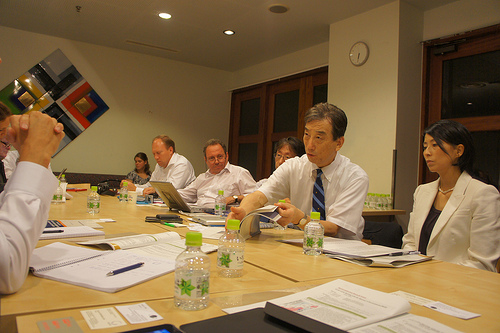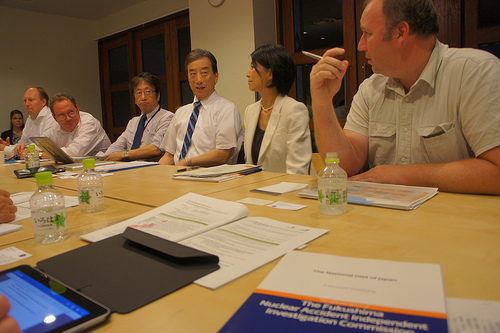The opinion that the NAIIC report has been shelved is often heard in the media.
Considering the recent reshuffling and party election, Diet members have plenty to deal with, and considering the conflicts with neighboring countries on the issues of Takeshima and Senkaku Islands, it must not be easy for the government at this time. Regardless of what is happening inside Japan, the world is constantly changing.
Political leadership of the government has been weak for some time lacking a clear vision of the future; bureaucrats should have a sense of responsibility and preparedness, but much of the public may feel that this is not the case.
In contrast, our NAIIC report has been released and published in bookstores, even available on Amazon On-line. We hope that it will be continue to be read widely (it is quite alright if you do not read the entire report).
In order to raise wider awareness of the Commission’s objectives and the main points of the Report, the members of the Commission and research team have been giving talks and engage in interviews for television and newspapers as often as possible, though there are some limitations.
Iwanami Shoten Publishers ran an article in the magazine “Kagaku (in English ‘Science),” of my interview about my opinion on the democratic system of NAIIC’s role (in Japanese). I would be delighted if you read it.
I have previously written about my talk at the Association of Cooperative Executives (Keizai-Do-Yukai) and Nihonmatsu City Auditorium in Fukushima. By going to “Articles List” on this site, it is possible to see some such articles (many are in Japanese and other articles may not be available here because only paying members of the websites can access them). Since my blog posting on August 16, there have been many talks and interviews, about which I have written on this blog.
Recent talks and interviews include the Embassy of Sweden’s Kamedo Delegation (the picture at the
top of the page is of the meeting), another talk in Fukushima and a number of interviews (in Japanese).
Through thinking about the role of NAIIC as well as what each individual person can do, I hope that we can bring about change in Japan.


